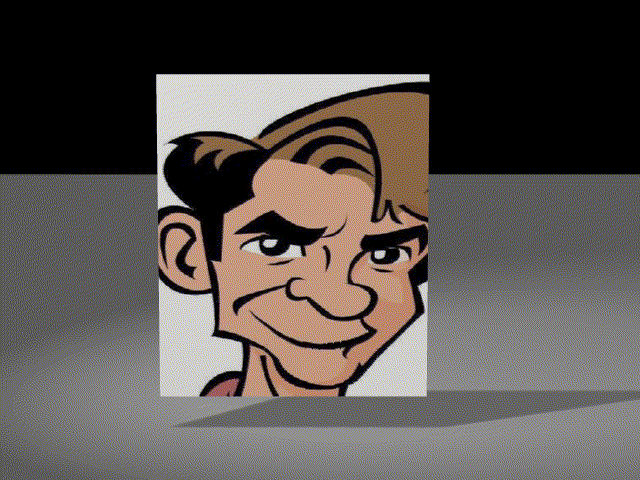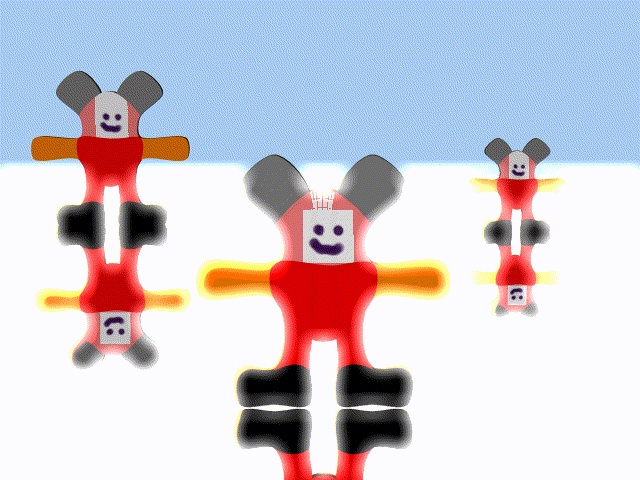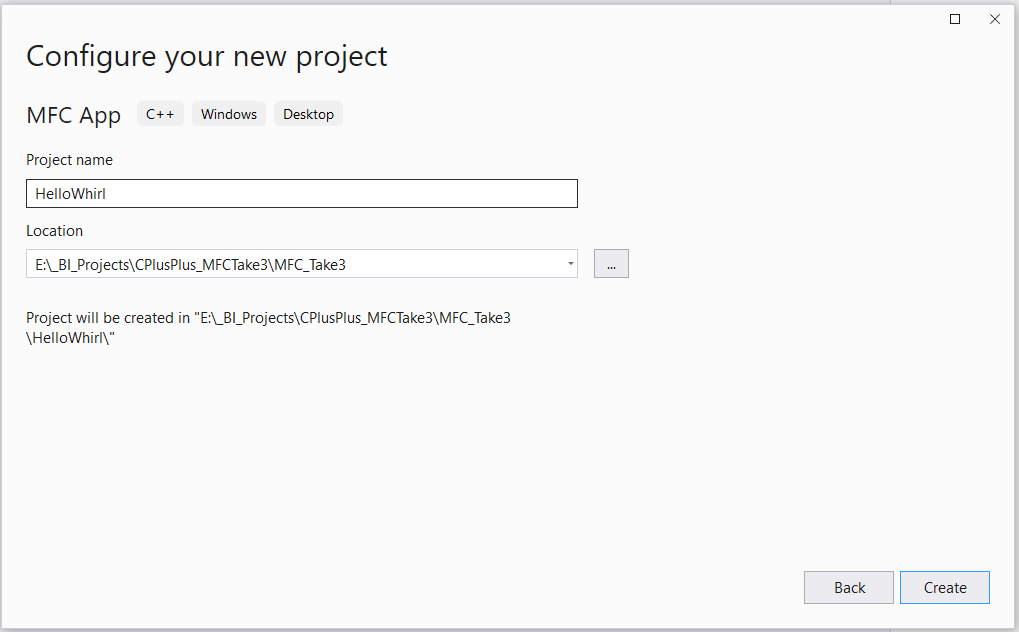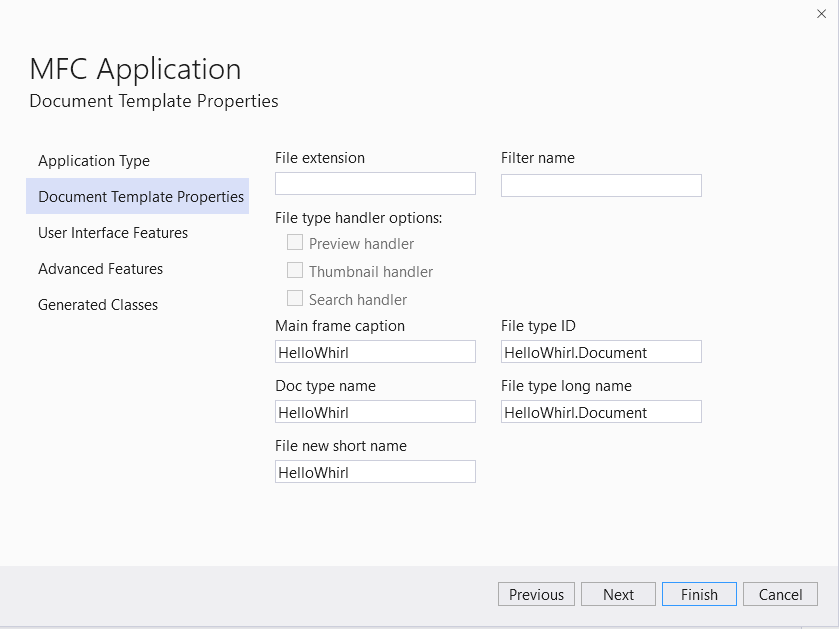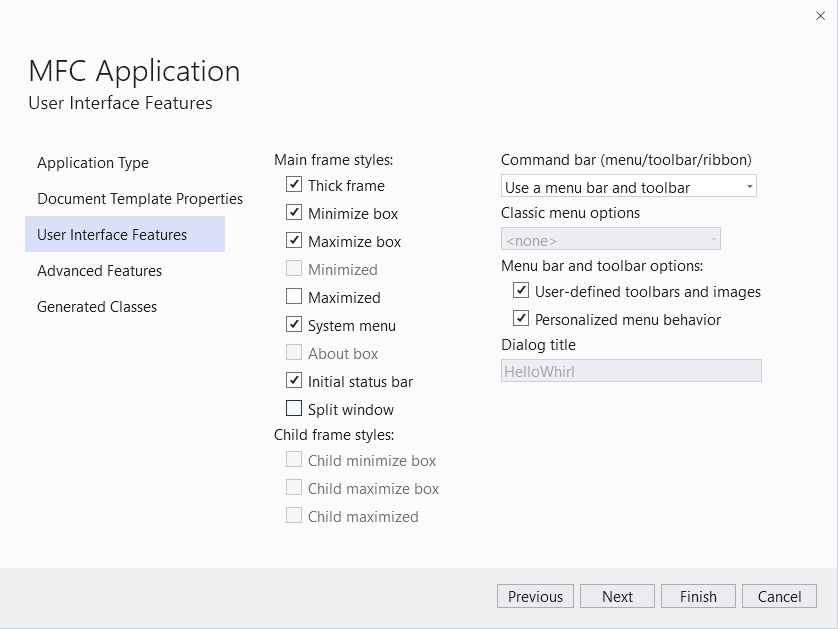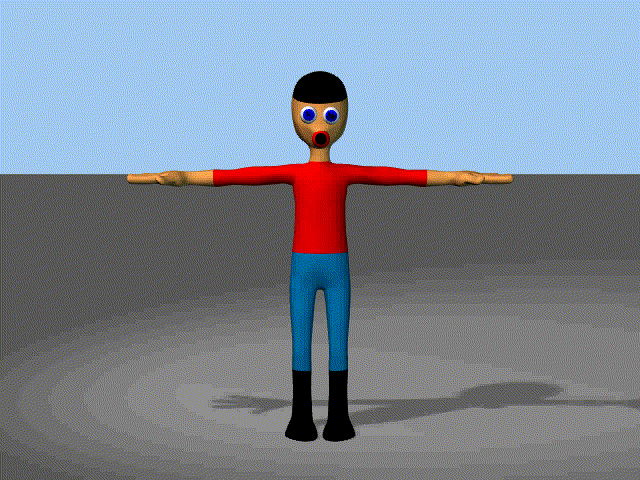Search the Community
Showing results for 'project'.
-
-
OK, one year later and I am posting again Some here might remember me from many years ago when I was using AM on daily basis to create my own characters and stories. Well I didn't get anywhere with my ideas other than a few smiles here and there. I tried publishers and some production companies to see if it generated any interest but never got much feedback so it was a bit of a dead duck. I did try the Children's Media Conference back in 2014 but again no interest and more recently another book publishers but that was a no go either. So my question or rather what I am thinking is should I revisit my project once more to see if I get anywhere with it or is the market for children’s characters and stories so saturated I should just tinker with my project for the fun of it? I know it is a question only I can answer but I would like to hear other people opinions since I know there are few people here who have done the same thing. Also with AI getting better and better the world of animation seems like it is going to get inundated with loads of stuff that looks all the same? Oh and here is the link to my project: Bella Bear. It's all a bit old now vintage 2006/7 but I think it could look a lot better. Looking forwards to other people's replies
-
Here is another modern render of one of my old Animation Showdown animations. I added a school gymnasium set and rendered with radiosity. A birdseye view of the chor looks like this. The set is a completely enclosed box with two kleig lights in the ceiling... A conventional render with those two lights gets this... That is very severe. If I were going to use conventional lighting I would need add a number of fill lights in strategic places. Here is a radiosity render. The shadow areas are no longer pitch black and there is visible detail even where the lights do not directly shine. Overall, however, it is too dark for my taste. Increasing the Intensity of the lights so that the charcters were well illuminated caused the brightest spots on the floor to become overbright and clip. Instead I applied a gamma correction to the radiosity render. I''m liking this much better... Unfortunately, the shadowing that was indistinct in the raw render is now ever weaker. To give that some more bite i rendered a pass with ScreenSpace Ambient Occlusion (SSAO)... ... and composited that by "multiplying" it with the Radiosity. I did that in After Effects but an A:M "composite Project" can do the same operation. This PNG alternates "before" and "after"... SSAO has no anti-aliasing so I had to render those at 3x3 times the normal resolution to make smooth versions suitable for compositing. When A:M introduced Radiosity our computers weren't ready for it. Each render took so long that animation was unthinkable. But now with a modern CPU and NetRender it is within reach. My 640x480 test renders for this scene took only about 3 minutes per frame. After i got my settings decided and cranked up the quality, the full-frame final renders took only about 20 minutes each. Get started with Radiosity with Yves Poissant's Cornell Box Tutorial Learn more at Yves Poissant's Radiosity/Photon Mapping Pages
-
Robert thank you for putting this together. It was a great project
-
@gazzamataz It's always great to see you. From time to time over the years I've seen projects here in the A:M Forum that really capture my curiosity and not just from a general perspective but from one that I guess I would call 'commericial'. In most of these I think... this is a really intriguing concept. Where things get a bit more fluid is where I think, "is this commercial enough?" and "How could this be simplified/polished". I should say that your project reminds me of some of the classics like "HR Puff n' Stuff" which really capture the imagination (and definitely did when I saw the show as a kid. Music has it's songs that are 'ear worms' that we find ourselves humming or thinking of frequently. When thinking of HR Puff 'n Stuff some of the design elements are like this. I think of Cling and Clang as supporting characters but almost all of the characters have an odd appeal that captures the attention. Your 'Bella the Bear' has some of this 'odd intrique' and you've put a lot of effort into the concept over the years. As you've suggested the look and feel is definitely vintage early 2000 CGI which in its own way has some appeal but for most probably lends its self more to curiosity than commericial viability. So to the question at hand which is: ```should I revisit my project once more to see if I get anywhere with it or is the market for children’s characters and stories so saturated I should just tinker with my project for the fun of it?``` I do think you should revisit the project but I would suggest for the moment tinkering with a 'for the fun of it' focus. You already know Bella and Friends could use a refresh in order to test if the concept can be made more viably commercial. While you don't care 'Bella' to be something you don't want it to be it would be a good exercise to consider what a commercial marketing house that took on the project might do to make the concept more marketable. I don't know how familiar you are with Eastman and Laird's experience with 'Teenage Mutant Ninja Turtles' but their story is something of a legend. There comic book characters and concepts where purchased and adapted to 'kid friendly' animation and the world took that and ran with it. Some of that success was rather problematic... and lots of changes to characters and concepts happened. All of this to suggest that you firstly and foremostly need to make yourself happy. (While still having enough money to eat and have a roof over your head of course!) You might need to let go of your characters a little (but not to the point where you can't always do your own take as you see fit... in other words: reserve some rights to personal use). If tomorrow someone offered you a truckload of money to license 'Bella the Bear' and they ran with it... where would they take the concept? While having fun... within your limits of production capability... and while waiting for lightning to strike, insert yourself as that someone with the truckload of money and... run with it. I would start with the title concept "Bella the Bear". Bella is a bear. There's where I would start.
-
When following a tutorial that teaches by making incremental additions to an previous project or when developing your own program in an incremental way, you may wish to leave an existing project as it is and proceed to work on a copy. Lets say I have project in my Visual Studio Solution named Wash002 and that I wish to preserve it as is and proceed with a copy of it. On your hard drive , find the folder that contains it. Copy the folder and paste it into the same directory. Rename the copied folder. I will name mine Wash003. In a program such as Notepad++ do Search> Find in Files... Use it to replace all text instances of "Wash002" with "Wash003" Do the same to replace the ALL CAPS version of the project name... Next use a utility like Power Rename (found in free MS Power Toys) to change all filenames in folder Wash003 that have a "Wash002" in their name to "Wash003" Next in Visual Studio, in the Solution Explorer, on your Solution title>Add>Existing Project... Navigate to your new project folder, open it and choose the .vcxproj file... In Visual Studio do File>Save All to make the newly added project saved in your Solution. I think this will work. @Rodney @Roger
-
[moderator note: many interesting WIP pictures and closeups throughout the thread!] Hi fellow A:M'ers I've just started up an new and ambitious project (maybe to ambitious? ). Anyway, the project is to model the beautiful WWII cruiser KM Bismarck. I hope that I manage to keep an certain amount of details, but as you probably guess, this model is going to get an huge amount of patches. as it is now I have approximately 171K of them.... I make many of the parts of the ship as individual models, and assemble it all in an actions. Let me know what you think so far Best regards Stian UPDATED 03.08.06 assembled: [attachmentid=19199] [attachmentid=19200] [attachmentid=19201] [attachmentid=19202] arado floatplane: [attachmentid=19198] cannons: [attachmentid=17714] [attachmentid=17563] [attachmentid=17564] guns: [attachmentid=17616] [attachmentid=17640]
-
You should just self publish ! Man its a tough world out there, but now you have so many avenues to expose your work from social media, your tube etc. No more burning CD's and DVD's so take advantage. wouldn't worry about ai, real art is hand created, not with prompts, great idea to do a refresh and have fun along the way. From our experience, we have tried so many things in the past years to " commercialise " from games, to hardware and software projects and more and what I learned is that if you plan to make something for commercial gain then be prepared to spend all your money or be prepared to give most of your intellectual property away while going through every possible obstacle under the sun to try and realise this commercial venture, where you have invested all your money into it and the project never gets finished because of these and other factors, also because somewhere along the road you forgot why it is that your are doing this work for, and commercial success / exposure become the point of focus. You stop having fun and burn out, with no finances and fist full of ideas, hopes and dreams, you reluctantly go back to work while you are burned out to catch up and get your grind on. Ive had plenty of opportunities to make good money with the right connections in the industry, but something . . . that little thing called artist integrity always made me stop, don't be a sell out man, to the point where you feel like you are fake just like the people and the commercial industry that surrounds you, then you have a Jerry Maguire moment and walk away from it all, because your cup is overflowing with bullshit and sitting for 6 hours in traffic everyday has sucked the life out of you. After many years once your mind recovers, you have almost caught up financially and thanks to your mentor, you have tuned your focus by going back to basics and doing what you know instead of trying to do what you didn't know, you find once things smooth out, that hey you've got al these cool projects on the shelf, you life is almost balanced, and now you can take some of those shelved projects and spend some time to do little bits of it at a time . . . for FUN, and now software has advanced, hardware is advanced, there is so much more now that you can do that you couldn't do back then and things begin to become fun again! Aha! THAT was the element that was missing, sure you can do hard work, but if you dont have fun along the way its never a good thing. This is what I've realised, if you concentrate on trying to make a commercial product, it will show, if you throw the commercial aspect of your work out the window and concentrate on having fun, it will show in your work and in turn people will see it in your work and they will be drawn to it and you can share it with them, then you may get approached by the commercial people who want to use your intellect to make money, just some of my experience I thought Id share after reading your post. The best thing is that you do it ! Once I was commissioned to draw a comic book and I looked at the end commercial product and the task was daunting . . . then my mentor ( old boss ) said, hey if you draw a page a day, at the end of the year you will have a 365 page graphic novel , true, just do bits at a time and dont look at the commercial aspect of your work on the horizon line and most importantly have fun while you do it ! I pretty much learned AM ( the basics ) in 30 Minutes while I was working in Advertising to produce some TVC's, as the software we were using was quite shit for character animation at the time, in fact at that time you either used SGI stuff Softimage etc, Lightwave or the small number of 3D apps that were only ever useful for doing title animations, AM was a revelation and hyper intuitive its was as if it anticipated how 3D modelling, rigging and animation SHOULD work, it was brilliant and still is to this day in all its flaws and achievements. The I did a brief internship with Momentum Animations and we still produce " commercial " work routinely with AM even though the worlds moved on with other apps, literally commercials. But Dylan Perry has been quietly working over the years on a feature length animation, bit by bit he's the guy you should talk to and get some inspiration, we don't classify as having major commercial success, but he knows the biz if that interest you Reworking is the key, he has so many models and set designs that are being updated and reused in his film I am watching what your are wanting to do in the real and you have a good idea to rehash your work and bring it out again Keep going man !
-
-
@Robcat Thanks for you input m8 - much appreciated. I guess you are right a lot of people get into 3D because they have ideas/concepts of their own that they want to run with which I did. I would say that only a tiny number ever achieve commercial success. The actor Roger Moore said 'Getting into acting is 99% luck 1% talent' sorta… Working on my Bella Bear project was a launch pad for me into a career as a 3D artist since that it what I have been doing since 2010 after doing the course at Animation Mentor which I know that you did too. And I have worked on a big film and a few shorts as well a a TV show and loved every minute - mostly I don't look at my project as the next 'Harry Potter' or 'Wallace & Gromit' but more just fun to get a bit or recognition for and entertain people. If you have ideas and are creative you want to create after all. I think I will just rework a few of the flicks I have done and bring them up to date which will be quite satisfying. I have already done a couple but outside of AM and reworked two of the characters. Wagons roll!
-
Hi Gary, it's great to see your familiar icon again! It sounds like you have already consulted more knowledgeable minds in the children's media world than us and gotten some clear "not interested" replies. It's hard to ignore that. The expectations for fit and finish in any media is very high these days, just to get anyone's attention. Mark Largent has gotten eyeballs and some fan notice for his "Stalled Trek" shows that he made all himself, but... he hasn't made money on them and no content distributor has expressed interest. Of course, he didn't expect serious interest either. After numerous ventures at the indie comic world he knew that entertainment is a very competitive field. I think we all got into 3D because we had a project in mind. I've been part of several other people's projects and it was fun to help out but not much came of them, ultimately. Today I do 3D because I enjoy the craft instead of having a career goal for it. I enjoy helping and answering A:M questions so if you should decide to pursue your project... because you enjoy it... I and other helpful minds will be standing by.
-
Good to hear you're back. I was on top of the world last October, getting ready to put my website together with my Android Project, my Hyperloop Intersection concept, and of course put the characters in somehow...Then I got steamrolled! 6-7 months of not having any contact with anything online, just a few relatives to call on the phone. Plus while I was away, it seems my briefcase was lost in a fire, so my 'almost ready to go' Android Project is gone, just gone. But I'm able to get my website up and running, even though it's not what I think it could be...and I'm looking forward to staying on my new mind stabilizing medication, so things like that don't happen again!
-
-
I am starting my website! It is about conceptual pneumatic "Hyperloop" designs. I have an intersection in motion drawn from the Flownuts Hyperloop Intersection and Puff2 models. Those can be found in a post called 'Models to Share' on this Forum. The conceptual 'hypertrack' is 15' inside diameter. The 'hyperpod' or 'hypercart' is meant to fit tight in the track tubes and sized to carry a semi trailer. The website is Flownuts.com Password: hash The website is still "Under Construction" but I plan to keep adding things to it. The concept of Flownuts is to be nothing short of the biggest corporation ever stemming from the transportation industry. Here's the look of the "HyperCart" It's meant to hold a semi trailer that is going to load and unload at high speed...The animation has not been started, but it will show: 1. The approach of a train of HyperCarts linked together coming out of the Tube 2. Carts disconnecting 3. Doors opening, cargo unloading and loading new, doors closing 4. Re-connect to carts and re-enter Tube When the cart gets to it's final Transport destination, it can drive on it's own to it's specific location...like a semi truck! With a Tube inside diameter of 15', the Cart outside diameter is 14', giving a 6" gap. The gap will have a flap to catch air for speed. Carts will connect together for long distance transport. Over long distances, Carts with heavier loads (water, oil, etc.) are in front, followed by products, followed by passengers at the back. The most ambitious project is to haul water from Alaska to the Baja Peninsula to develop the peninsula (condos), while dropping water off to Lake Mead. More will go on the website. I'm getting a little better using Wordpress.
-
Last 2 weeks have been plagued by strange interface anomalies. Arrow cursor disappearing, can't select CPs, trying to drag material onto group in the project tree just drags (scrolls) entire tree or the whole interface becomes completely unresponsive & have to shut it down with the task manager. This of course is random and is temporarily fixed with a restart but then returns. Just wondering if anyone else has seen these things or is it just my "curse" acting up again? I tried installing 19.5 but problems are still here. Anyone else running into this???? Any help appreciated. [MOD EDIT: Edward found malware to be the problem: https://forums.hash.com/topic/54231-gui-goin-nuts/#findComment-434609]
-
I might as well ask for assistance from the start this time. I'm trying to make the track look realistic as possible, but not going for "reality". It's a polycarbonate tube (to make Big Oil happy!). It should have transparency. If somebody has something like that, please let me know! The choreography action is just getting restarted, but I've included the project (files embedded this time) to show how I'm using Paths to go around the bends. Weave_Split.avi Restart(06-05-25).prj
-
Thanks so much for taking the time to reply to my pondering post - much appreciated! @Rodney HR Pufnstuf! OMG now you have jogged my memory! I remember watching this as a kid but I can hardly remember it - although I do remember Witchy Poo I think a fair bit of my project does stem from childhood memories, for me The Wombles and The Clangers whom I absolutely loved. I think my work is defo in that sort of arena. Whether it is still popular today who know but they have made a 3D version of The Clanger recently - I think. Funny thing is as I was writing this post I thought 'I think I will just do an update here and there rather than the whole flick I made'. I will take some of the short animations I did and revamp them with the animation skills I have acquired from my training at Animation Mentor and work I have done since. I also remember talking to a publisher and they said I think you should change the main character to the fairy 'Hannah Bannah' and have 'Bella' as here side-kick but I thought 'Nah!' not having none of that, they are the dynamic duo @Roger Interesting what you say about posting the stuff on YouTube, I did start a Facebook page for this stuff recently but it hasn't really moved much… And only this morning I was looking at adding a couple of the new flicks I have created. As for having time to do all this I am self employed and almost semi-retired so I do have a fair amount of time free to work on this. Trouble is the wife is always finding things for me to do and the grandchildren are very demanding LOL!
-
-
-
-
I can see now my head was not clear at the time of writing that. To be honest I can't bear to read it, but I'll leave it as a reminder. Otherwise, I have a project I'm starting back up on that may be of interest to some here. I'll start talking about it in a fresh post, but it involves a website mostly. I just renewed the domain which was a relief, so should be good to start.
-
Note: this post is incomplete yet and needs some editing. Starting a new MFC "Single Document Interface" style program in Visual Studio 2022. The second video in this playlist of MFC tutorials demonstrates the basics of getting a plain-generic Windows program authored in Visual Studio 2015 This post is to document the difference between what is shown in that video and the current situation in VS 2022. Video time - 0:35 Add new Project to solution (this presumes you already a "solution" loaded in VS) (In this image I am adding the new Project to an existing folder in an existing solution) Choose MFC App, then Next 0:40 Enter Project name (location should default to being in your existing Solution) 2:10 Choose Project options This screen mimics the choices in the video 2:12 The VS 2015 screen in the video at 2:12 has no exact match in VS2022 2:14 This VS2022 screen is default auto-populated with names based on the project name. 2:17 The VS 2015 screen in the video at 2:17 has no exact match in VS2022 2:19 Choose Interface features This screen matches the choices in the video 2:32 Choose Advanced features This screen matches the choices in the video 2:37 Generated Class Options This screen is default populated with class names based on your Project name. 2:51 Created Project 5:30 Compiling the Project now should run default MFC "Single Document Interface" window: 12:15 i had to delete the "Save" Button from the _256 toolbar 17:30 Choose Project>Class Wizard instead of "Add Class", then choose MFC in wizard 18:00 Choose from drop down list first then edit ClassName Then OK, then OK in Class Wizard window
-








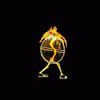

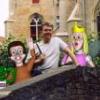

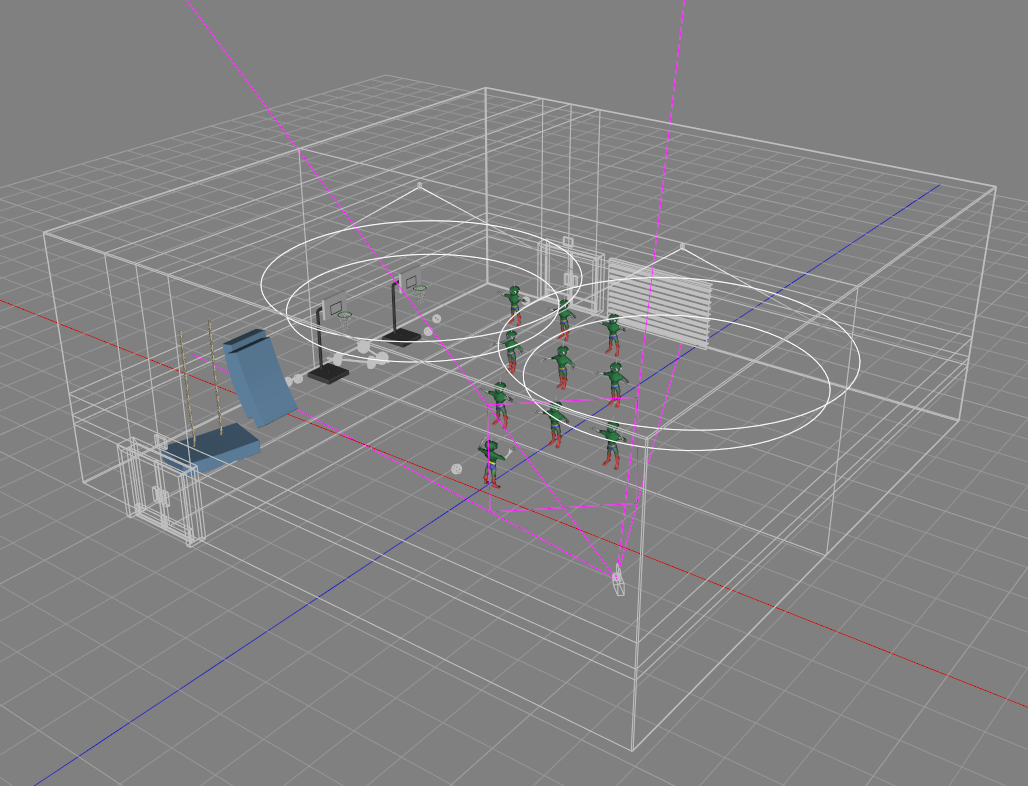
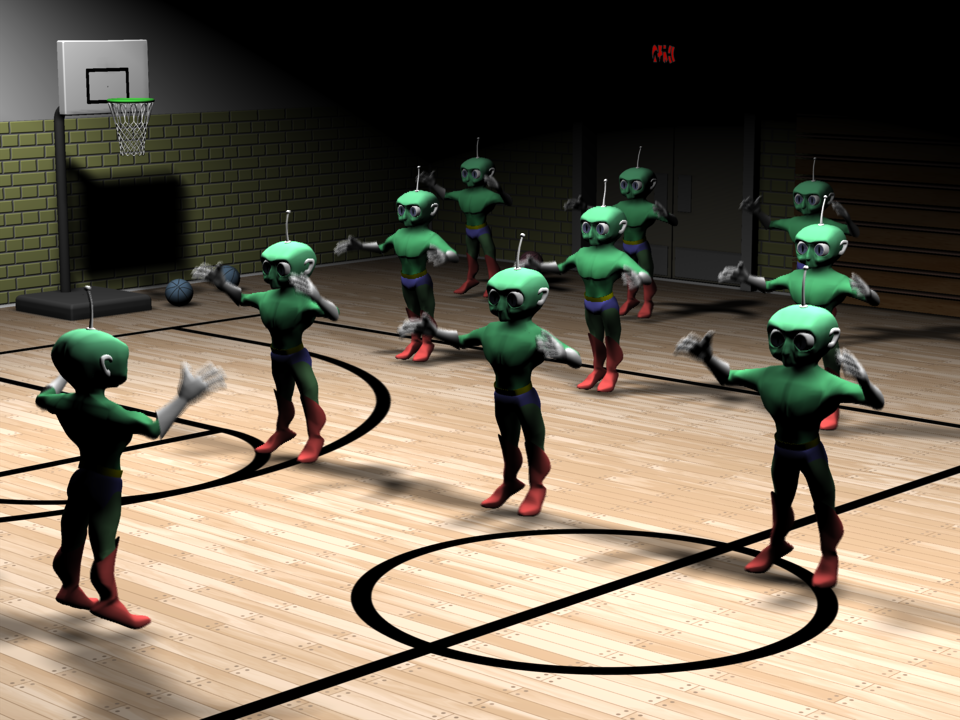
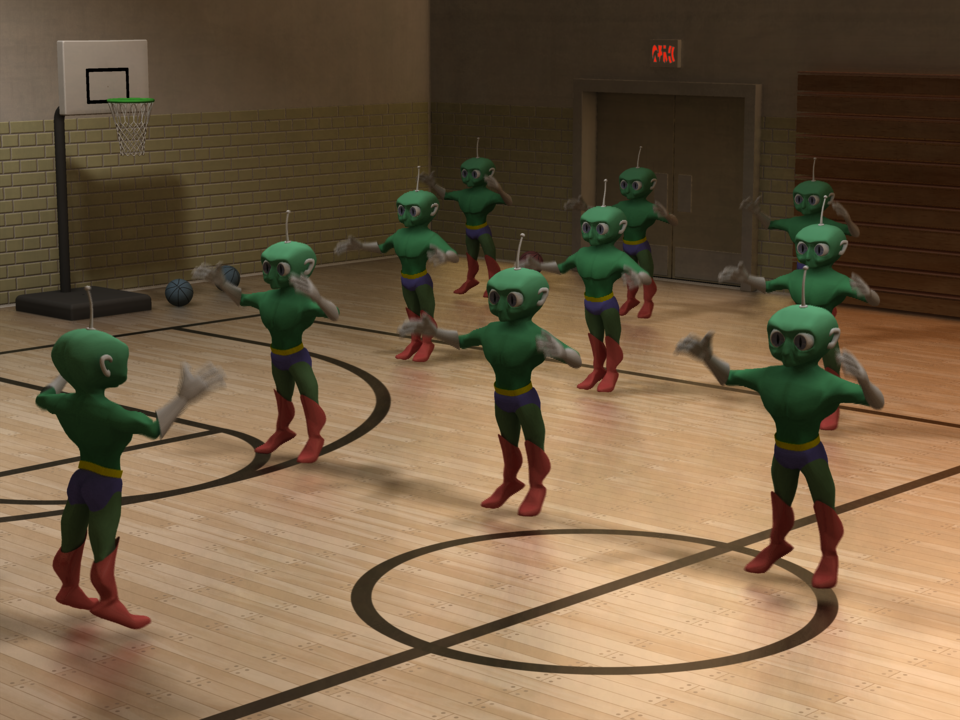

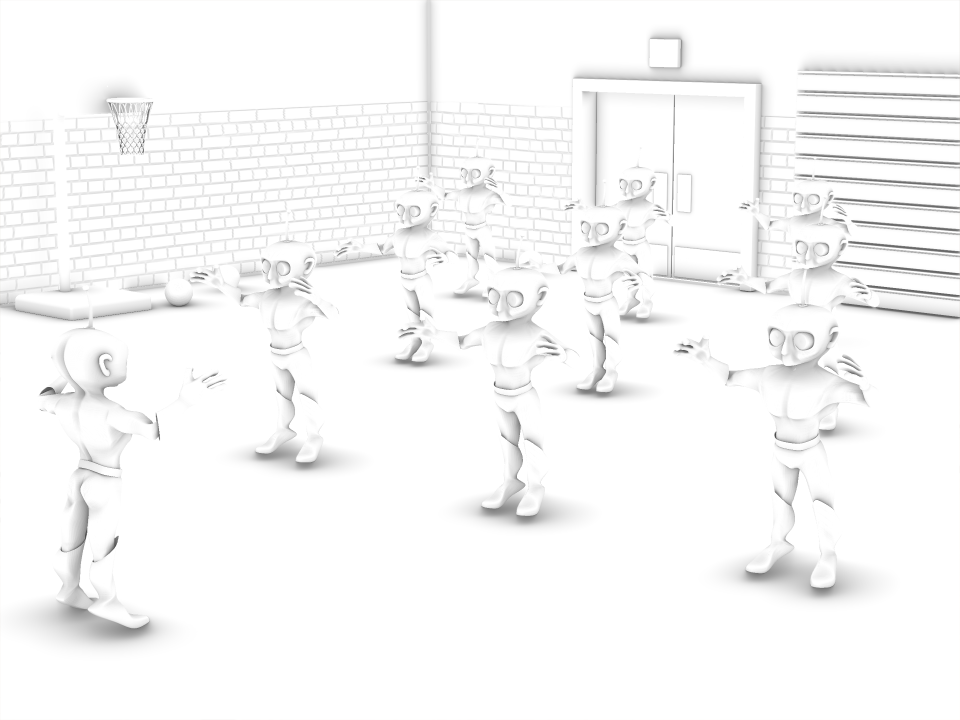















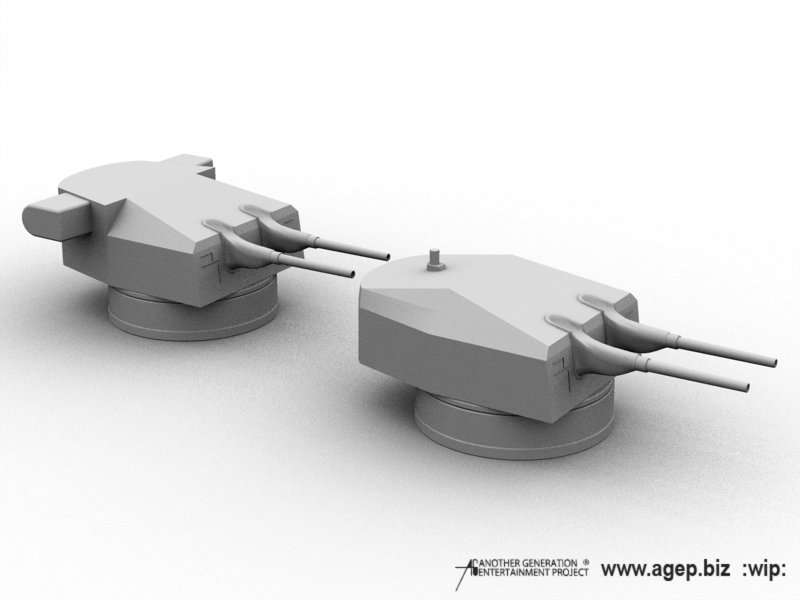
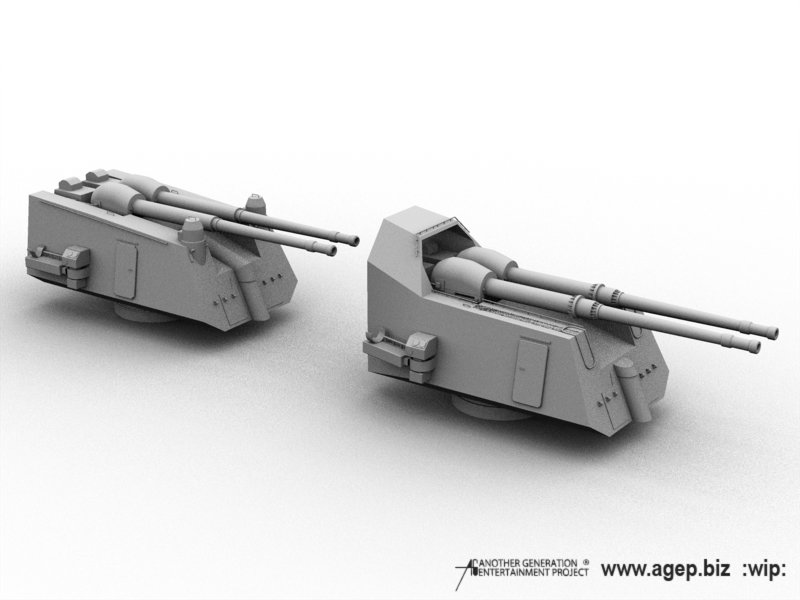
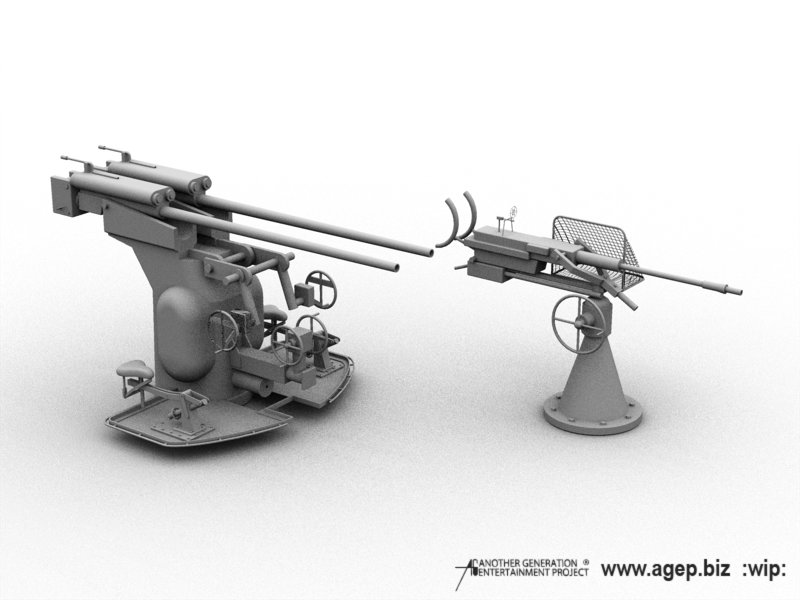
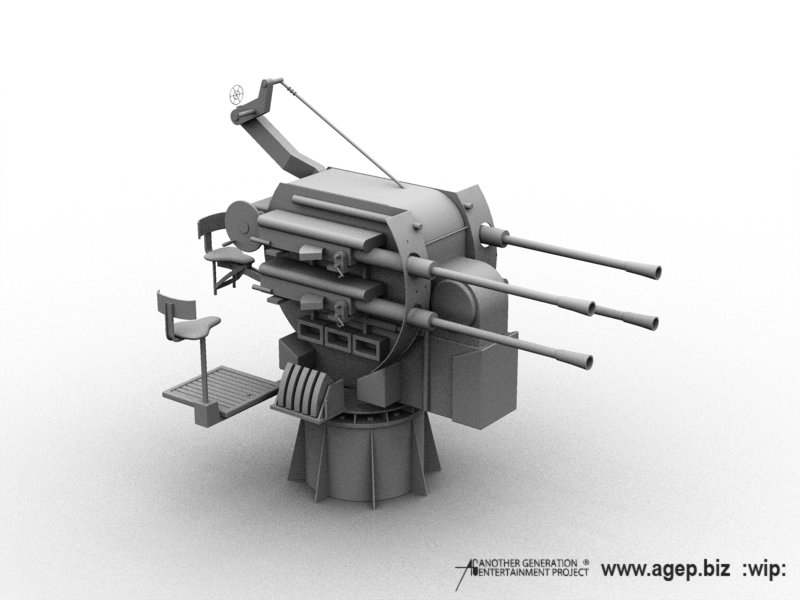
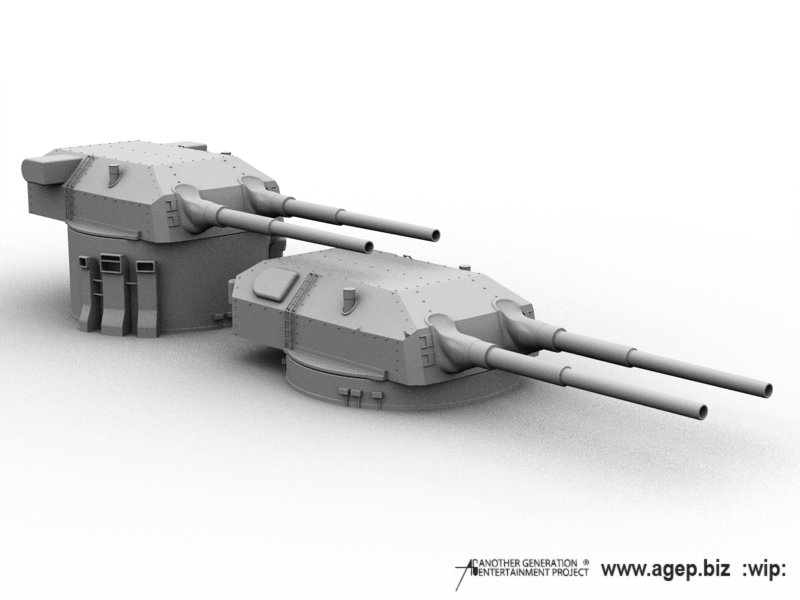
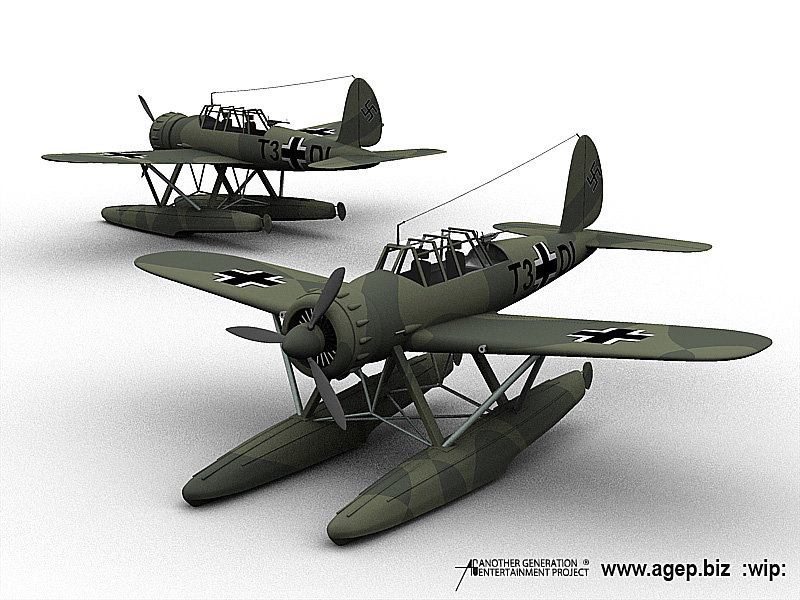
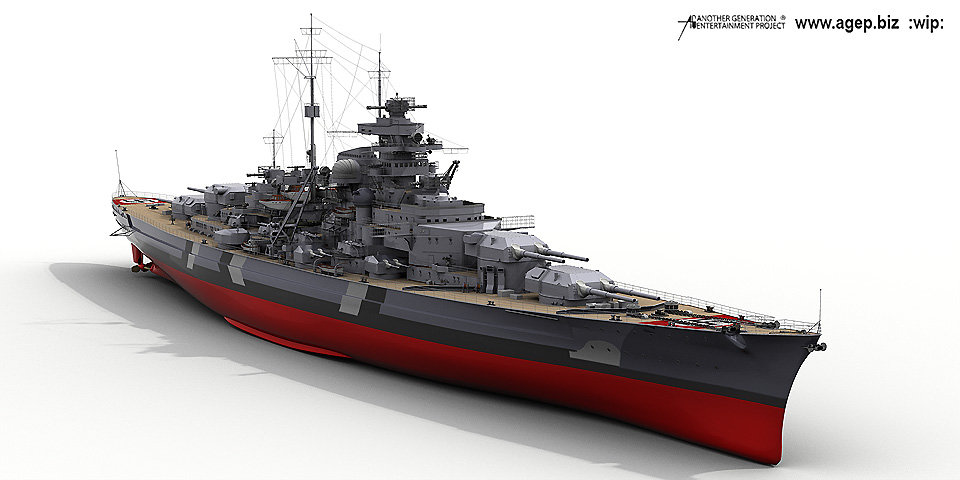
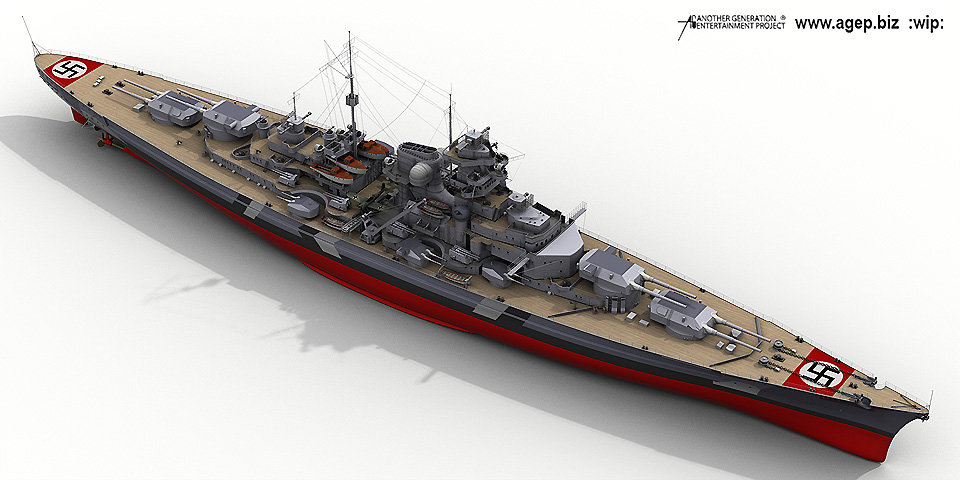
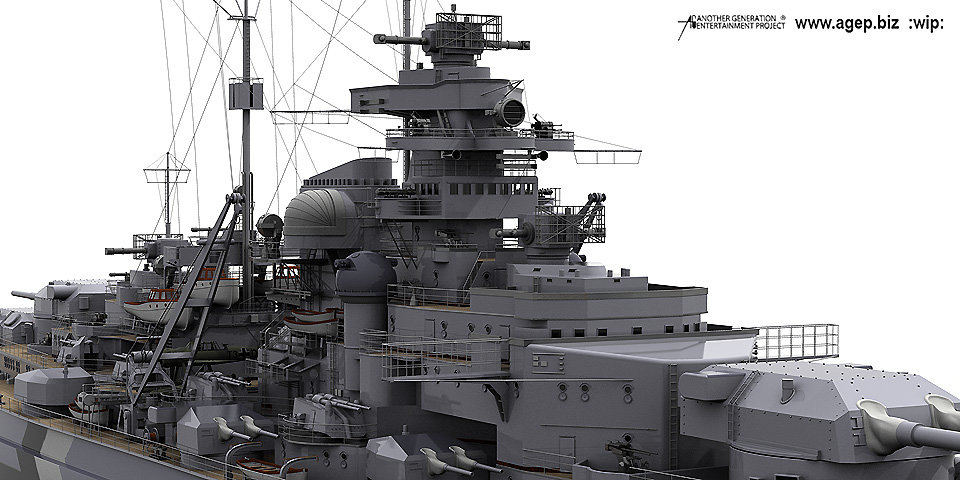
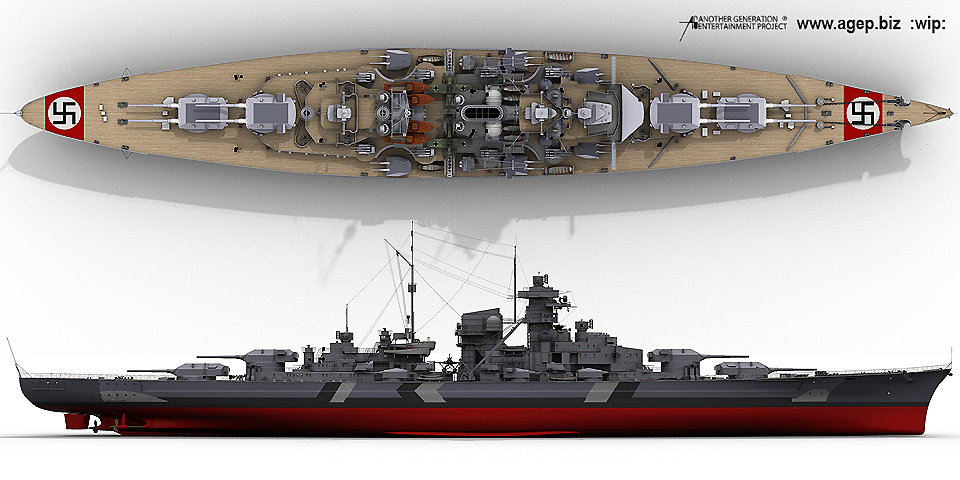

.gif.dedc85e834a0c5601da3cb4b1cf19e77.gif)








